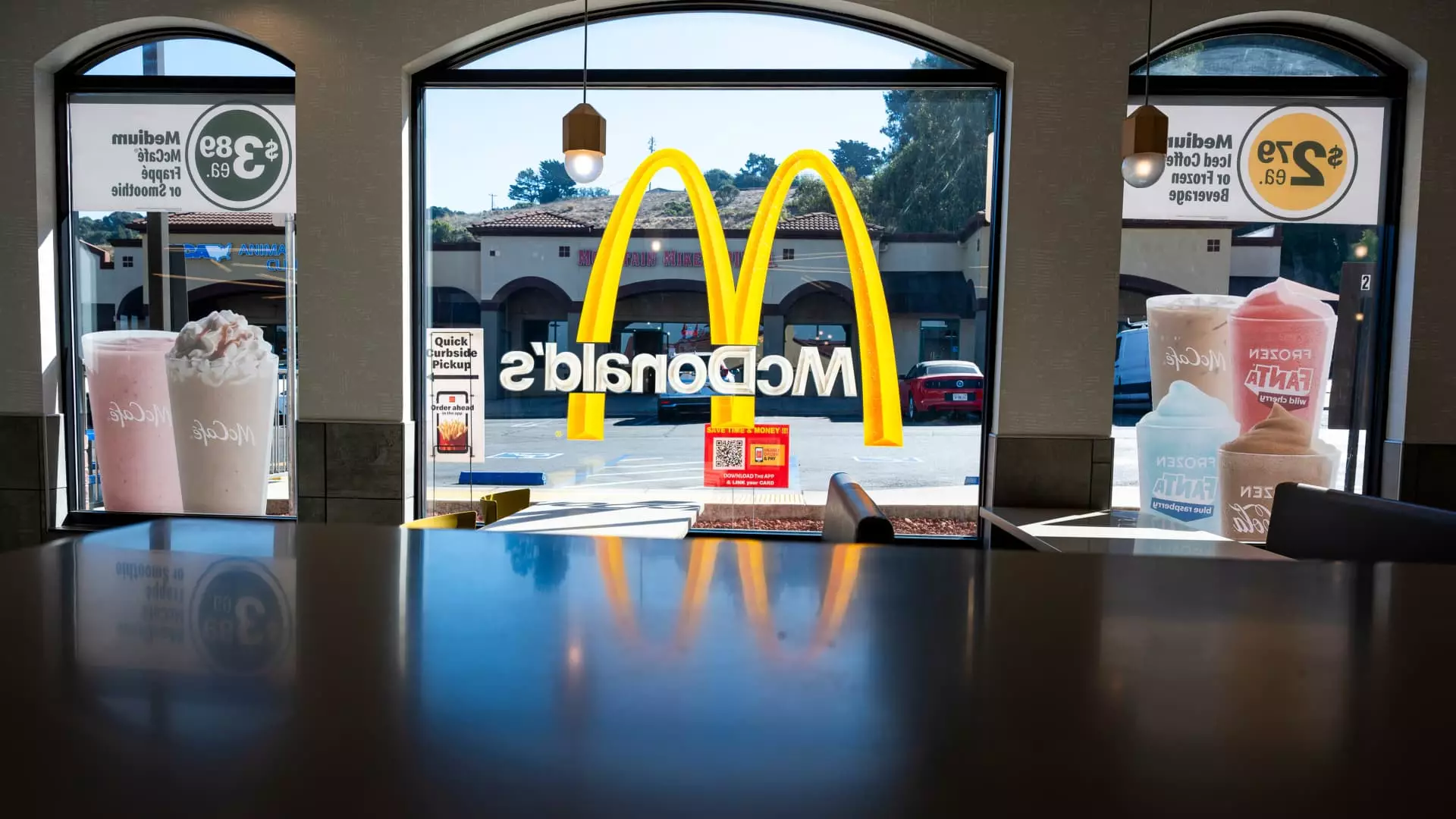The restaurant industry is undergoing a tumultuous period, marked by a whirlwind of challenges and faint signs of recovery. As we approach 2025, restaurant executives are filled with hope yet wary of the obstacles still ahead. This article delves into the current state of the sector, exploring both the causes of its current struggles and the fragile optimism that may pave the way for a brighter future.
The year 2024 has been particularly harsh for the restaurant industry. With bankruptcy filings soaring over 50% compared to the prior year, many establishments are feeling the strain. An analysis of traffic trends reveals that restaurants opened at least a year have seen consistent declines in patronage each month throughout the year. Data collected by Black Box Intelligence corroborates this troubling trend, indicating a stark year-over-year downturn. Major chains, including McDonald’s and Starbucks, have not escaped this turmoil; they have reported declines in same-store sales for several consecutive quarters, fueling investor disappointment.
This troubling landscape has created a palpable sense of urgency and need for a turnaround. As high-profile brands grapple with falling sales figures, the restaurant industry is left at a crossroads. The stakes have never been higher, and many key players are yearning for the dawn of 2025, hoping that it will usher in a wave of recovery.
Despite a rough patch, there are encouraging signs that the restaurant industry could be on the cusp of a rebound. After grappling with significant lows this summer, sales figures have shown incremental improvement. Fast–food restaurants, in particular, have experienced a 2.8% uptick in traffic as of October compared to the previous year. This positive data not only supports claims made by companies such as Restaurant Brands International, owner of Burger King, which reported growth in same-store sales, but may also hint at a shifting consumer sentiment.
Moreover, decreasing interest rates are creating a more favorable environment for restaurant expansion. Following the recent cuts approved by the Federal Reserve, financing for new locations is becoming less costly, thus alleviating some of the pressures on growth. While the impact of higher interest rates was initially mitigated by a rebounding demand post-COVID, the current trend could very well lead to increased consumer confidence. Shake Shack, among others, has expressed optimism that lower borrowing costs could translate into greater consumer spending, regardless of economic logic.
Another source of cautious optimism comes from the potential thawing of the restaurant IPO market. After a lengthy drought since the Mediterranean chain Cava’s successful IPO in mid-2023, investment professionals are beginning to eye upcoming opportunities. Notably, the market conditions may not be ideal for a flood of IPOs just yet, but there is speculation that we might see substantial restaurant companies make their public debuts in the first half of 2025.
For major players such as Inspire Brands, which boasts a diverse portfolio that includes Dunkin’ and Buffalo Wild Wings, the IPO route remains a tantalizing prospect. However, the excitement surrounding this potential revival must be tempered by a realistic outlook on the industry’s current challenges.
Even as optimism arises, it is essential to acknowledge that not all within the industry are convinced that relief is imminent. Caution persists, particularly among companies like Portillo’s, which have faced declining same-store sales over the past three quarters. With the fast-casual segment of the market still navigating significant headwinds, many restaurant executives call for a critical eye toward the looming competition and persistent discounting strategies that threaten profitability.
In 2025, the price wars between major chains are likely to intensify. McDonald’s, for instance, is planning to broaden its value menu, seeking to capture customers who have become sensitive to price fluctuations. This approach raises long-term sustainability questions for the industry as a whole, particularly for brands that may struggle to balance their financial health while attempting to win back consumers through aggressive pricing strategies.
The restaurant industry stands at a crossroads, facing both significant challenges and flickers of hope. While 2024 has been a year of hardships, the potential for recovery remains tantalizingly within reach. As we move into 2025, restaurant executives and investors alike will be watching closely to see if consumer confidence can be restored and if strategic shifts will usher in a resurgence. The next year may well prove to be a decisive chapter for the survival and growth of the restaurant industry, underscoring the importance of adaptability and resilience in navigating an ever-evolving landscape.

